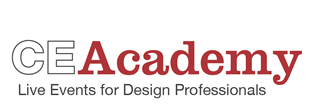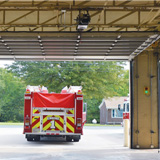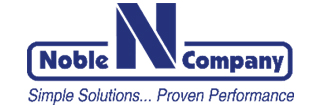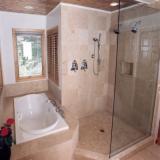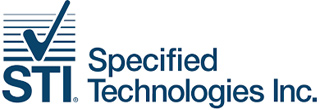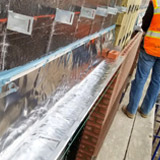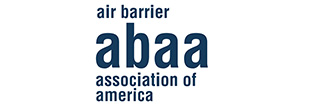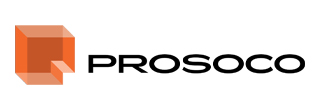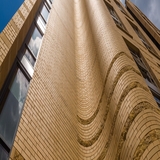JOIN US IN YOUR CITY • REGISTER BELOW • ATTENDANCE REPORTED ON A PER-PRESENTATION BASIS
New York, NY - Tuesday August 15, 2023

New York, NY
Event Date
Tuesday August 15, 2023
7:30 am - 5:30 pm
Available Credits
Up to 8 AIA HSW/LU CE Hour(s)
Up to 3 GBCI General Hour
Up to 1 IDCEC HSW CEU(s)
Up to 1 RCEP PDH(s) for Engineers
Up to 1 ICC CEU
New York University - Wasserman Center for Career Development
133 East 13th Street
New York, NY 10003
New York, NY 10003
Ron Blank & Associates bridges the gap between design professionals & building product manufacturers through online, face-to-face, and webinar AIA/HSW and SD continuing education courses, USGBC/GBCI continuing ed. for LEED AP's, direct product representation, and product rep/installer training services.
Event Agenda
Tuesday, August 15, 2023
7:30 am
|
|
8:00 am
|
Sponsored By Rheem Commercial Air 1 AIA HSW/LU CE Hour(s) 1 RCEP PDH(s) for Engineers Learning Objectives:
|
9:10 am
|
Sponsored By Chamberlain Group 1 AIA HSW/LU CE Hour(s) Learning Objectives:
|
10:20 am
|
Sponsored By Noble Company 1 AIA HSW/LU CE Hour(s) Learning Objectives:
|
11:30 am
|
Sponsored By Noble Company 1 AIA HSW/LU CE Hour(s) Learning Objectives:
|
12:30 pm
|
|
1:00 pm
|
Sponsored By Specified Technologies Inc. Presented By John Mazzarella 1 AIA HSW/LU CE Hour(s) 1 ICC CEU Learning Objectives:
|
2:10 pm
|
Sponsored By Air Barrier Association of America 1 AIA HSW/LU CE Hour(s) 1 GBCI General Hour Learning Objectives:
|
3:20 pm
|
Sponsored By PROSOCO 1 AIA HSW/LU CE Hour(s) 1 GBCI General Hour Learning Objectives:
|
4:30 pm
|
Sponsored By Glen-Gery Corporation 1 AIA HSW/LU CE Hour(s) Learning Objectives:
|
State CE Requirements
|
New York State Education Department: Office of the Professions (518) 474-3817 Renewal Cycle: Every 3 Years Total Hours Required: 36, 18 of which must be live interaction either in person or Detailed Hours Required: 24 HSW Renewal Deadline: Last day of the month preceding birth month |
